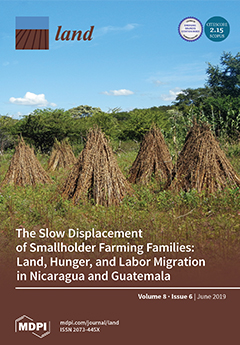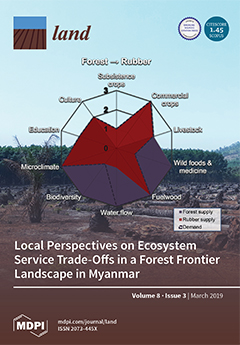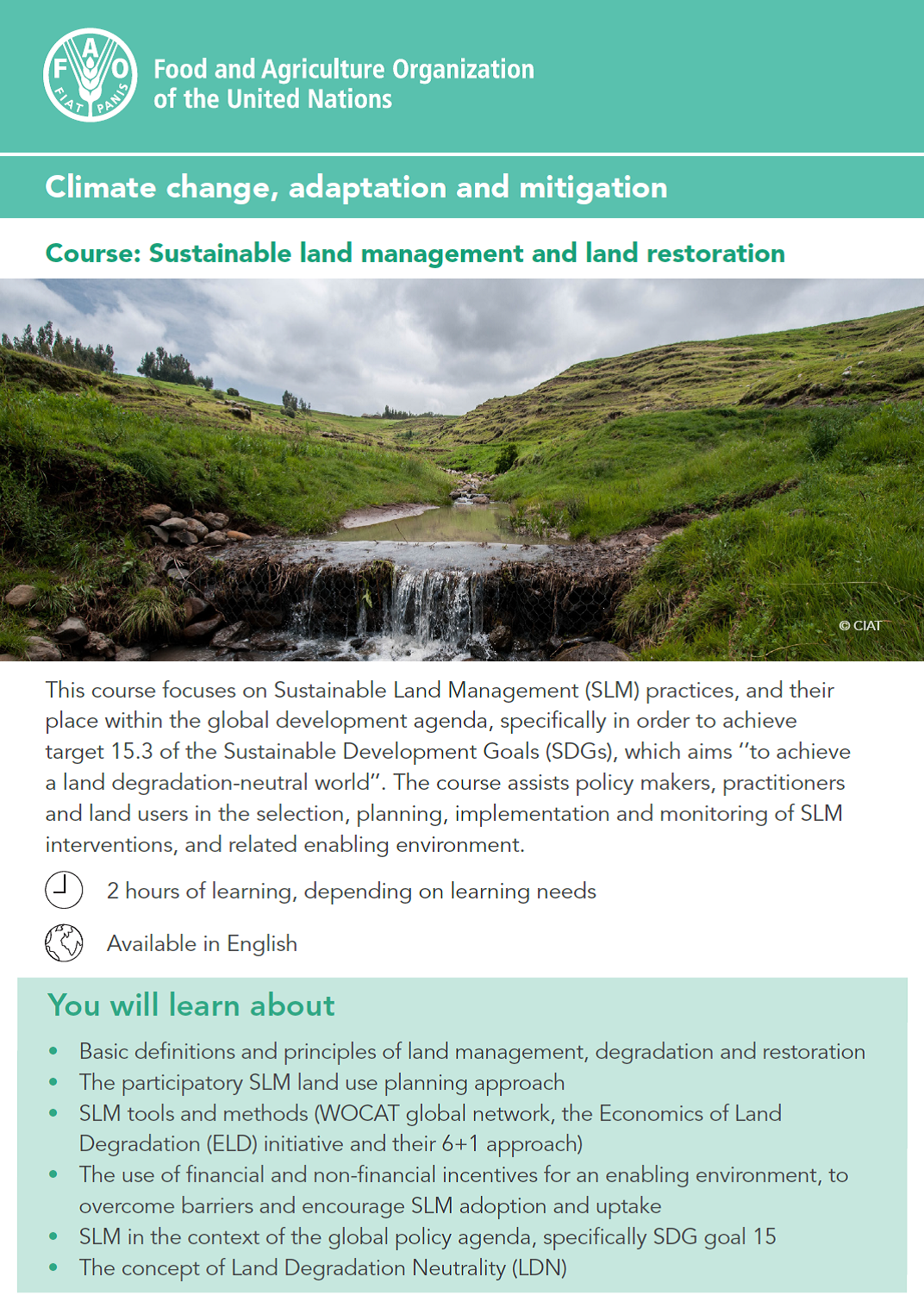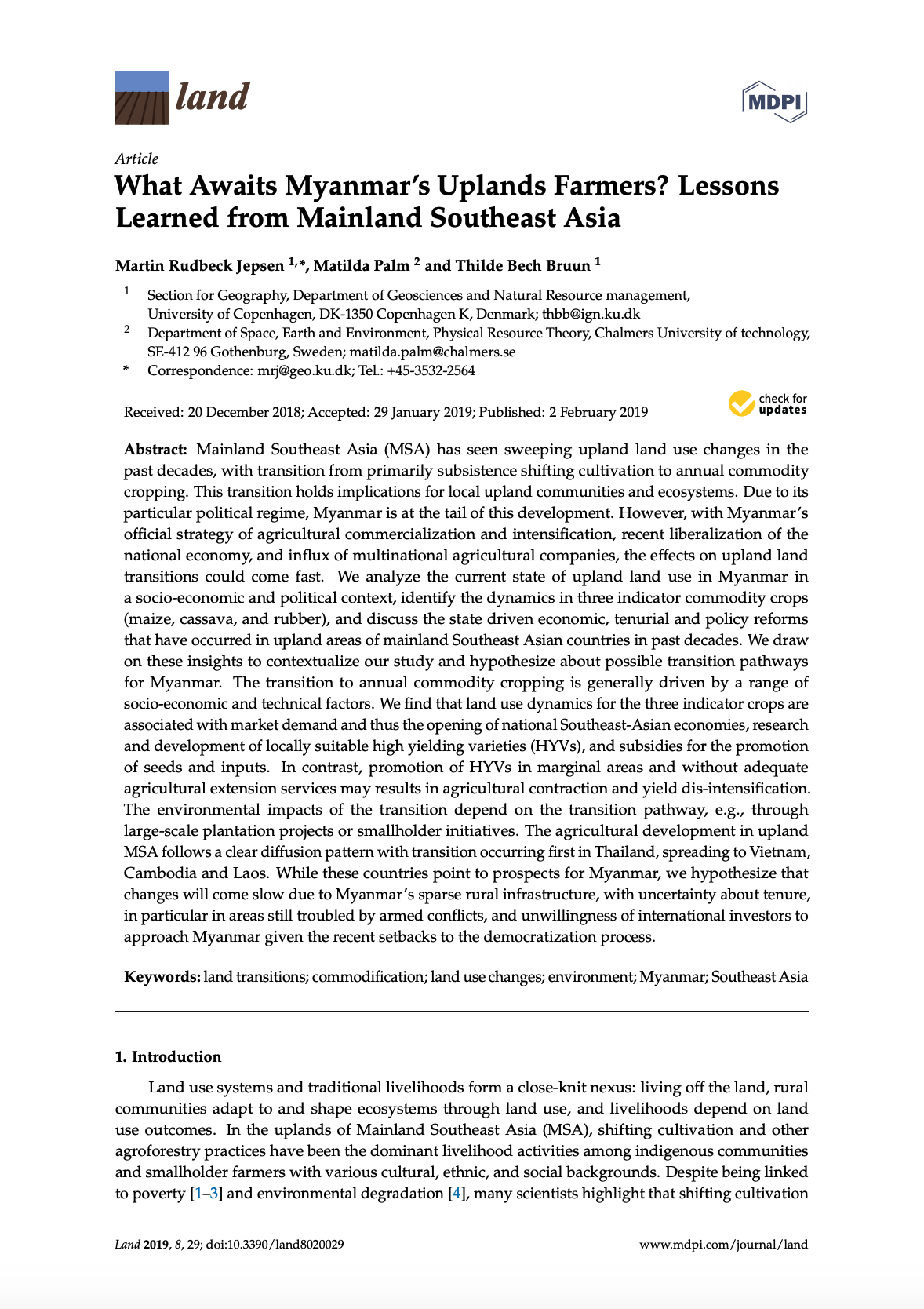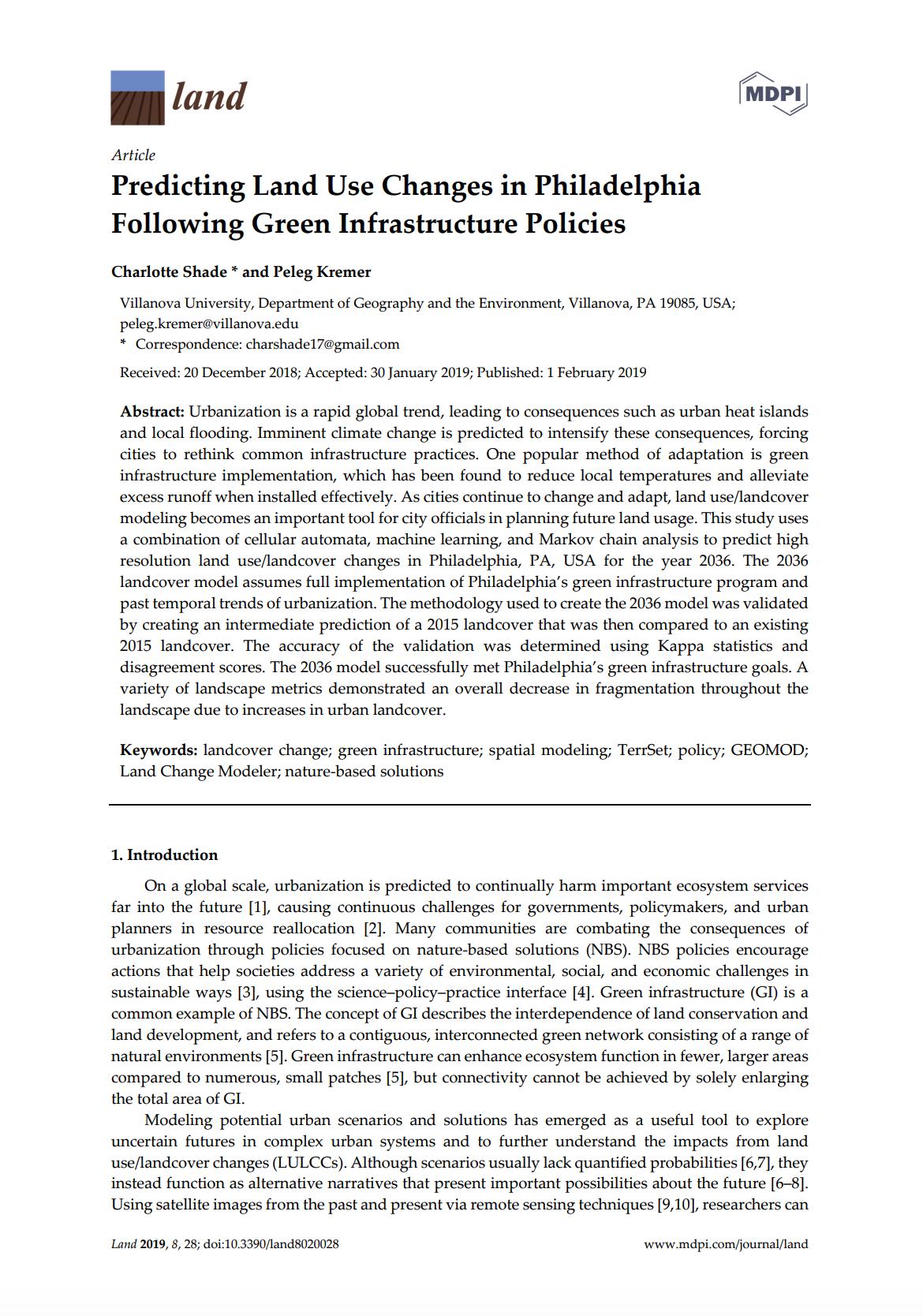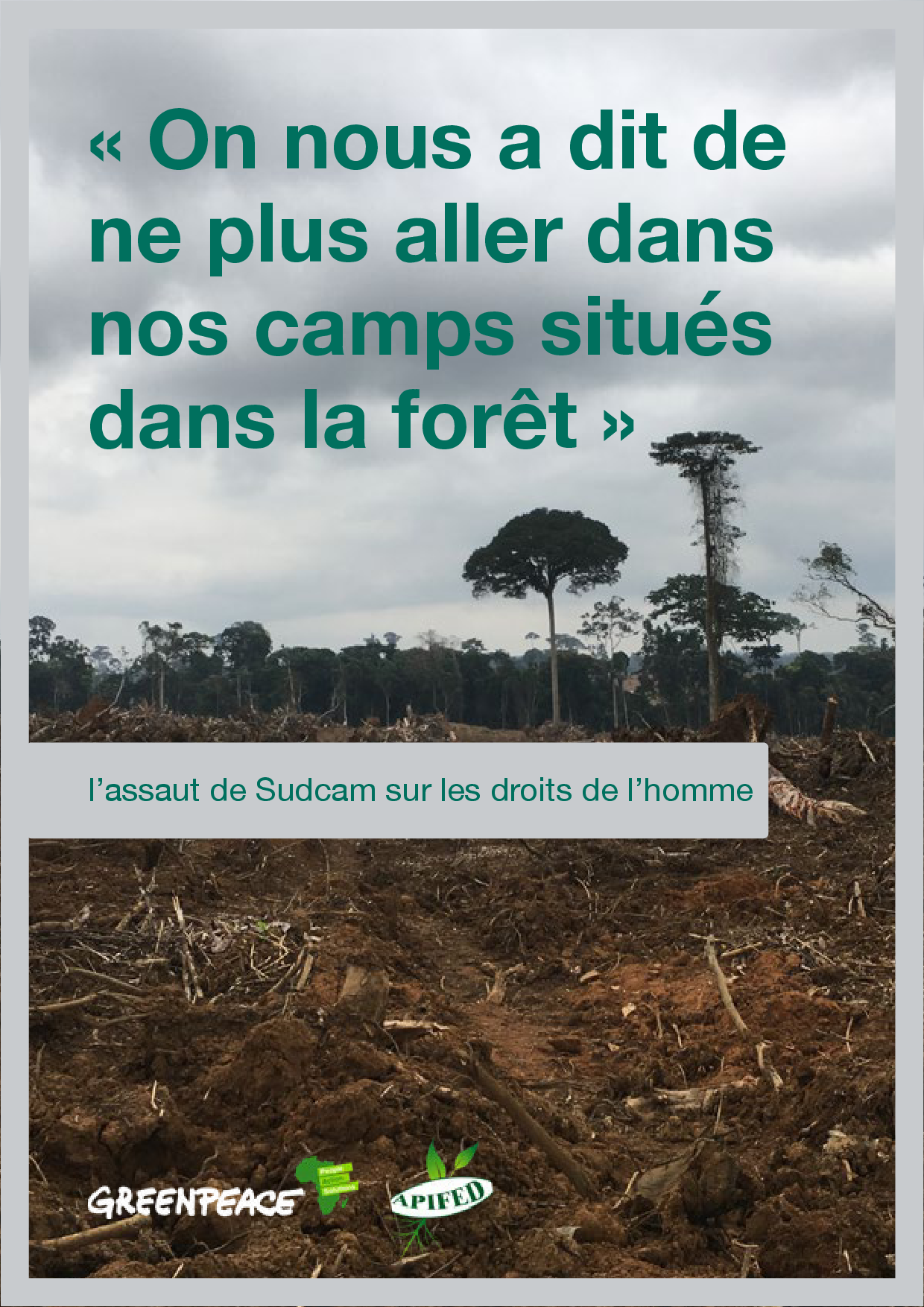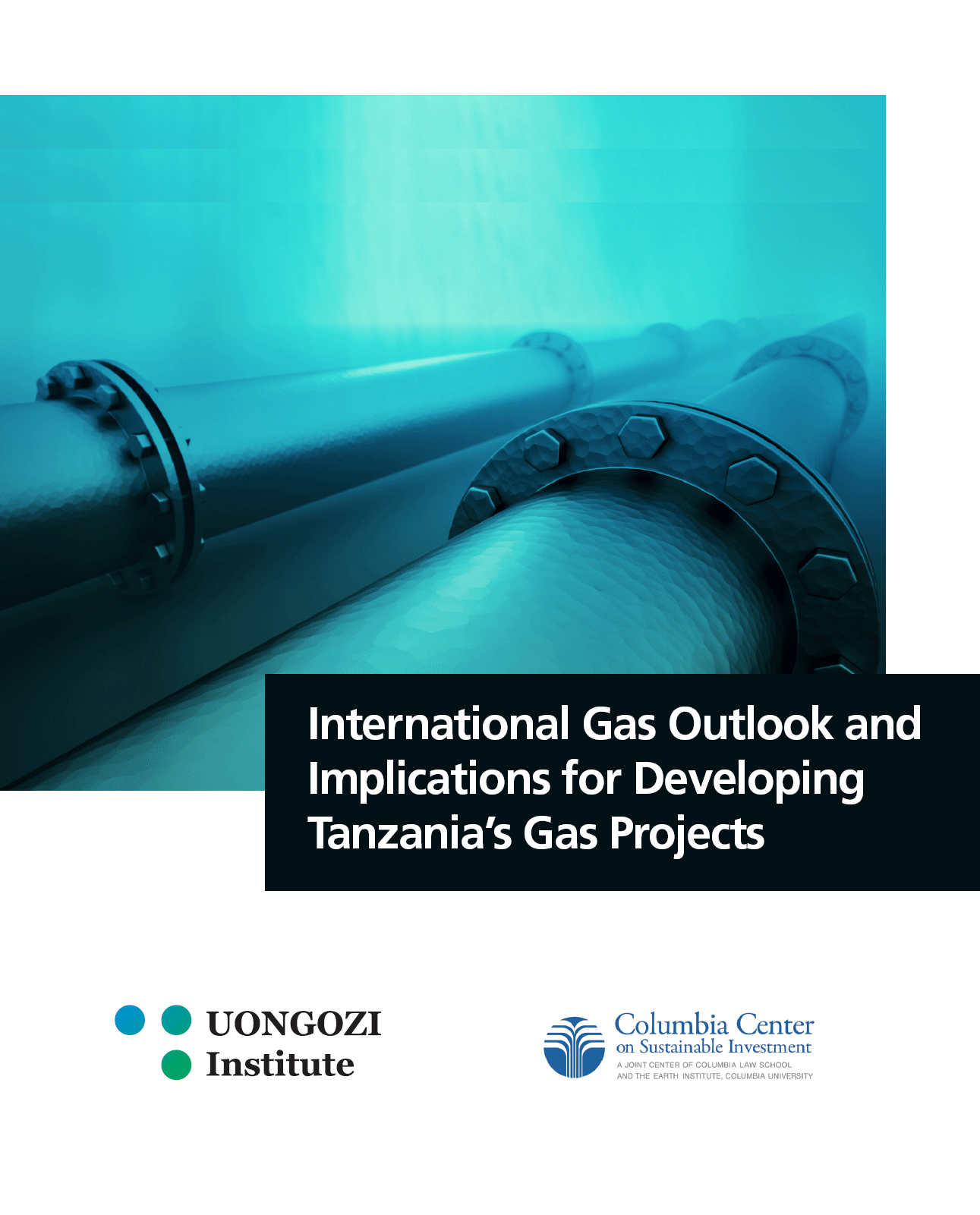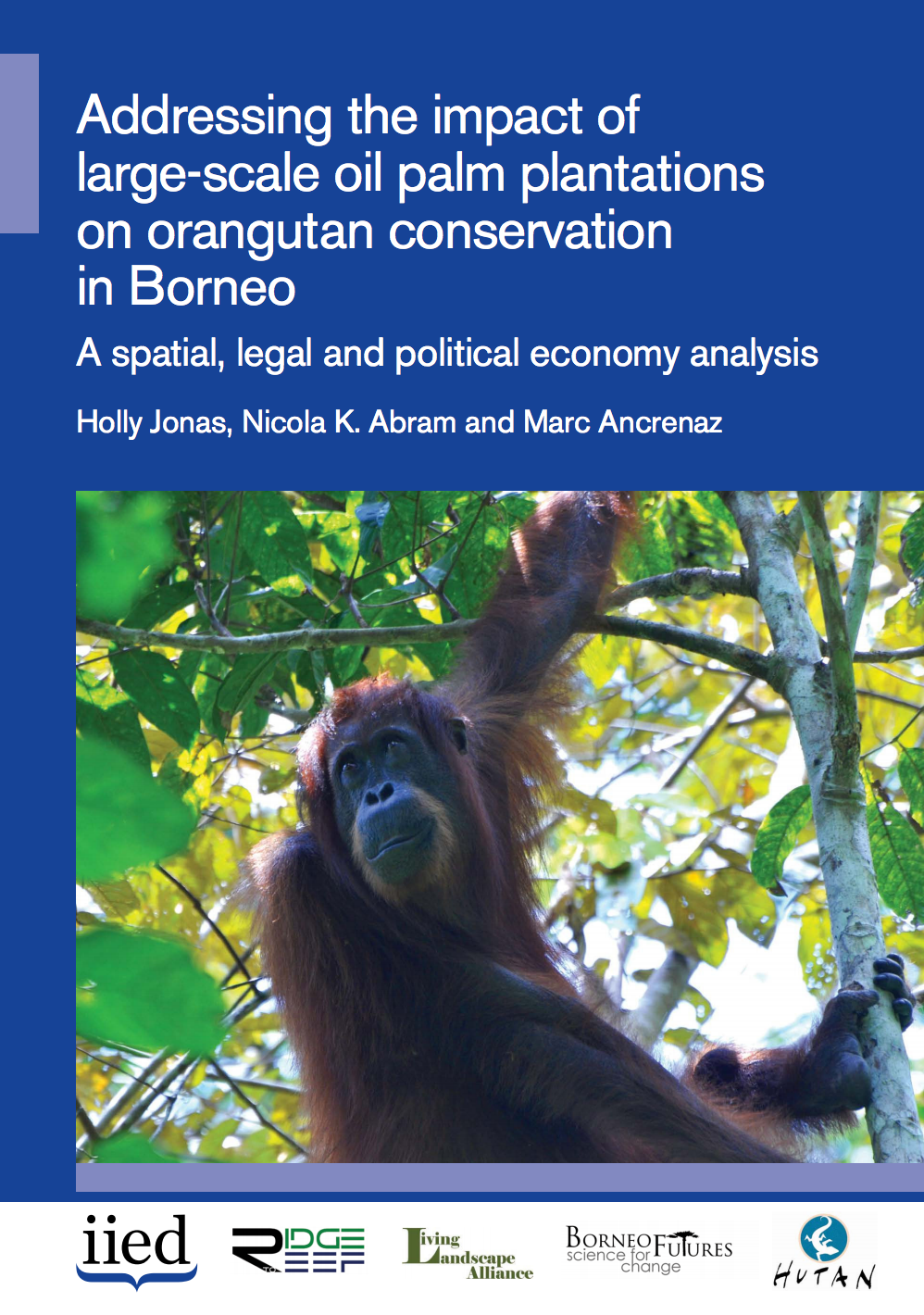Effect of Complex Road Networks on Intensive Land Use in China’s Beijing-Tianjin-Hebei Urban Agglomeration
Coupled with rapid urbanization and urban expansion, the spatial relationship between transportation development and land use has gained growing interest among researchers and policy makers. In this paper, a complex network model and land use intensity assessment were integrated into a spatial econometric model to explore the spatial spillover effect of the road network on intensive land use patterns in China’s Beijing–Tianjin–Hebei (BTH) urban agglomeration.


